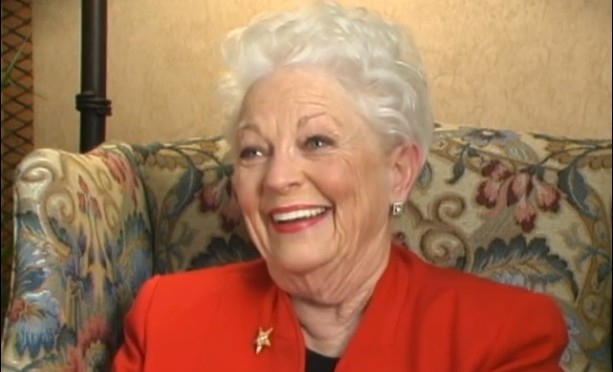EEOC Strengthens Protections for Pregnant Women in the Workforce
Most of the American working population is probably aware that pregnant women are guaranteed the right to work, and hold their jobs when taking a temporary leave of absence for childbirth. But even today, many issues still result in discriminatory practices from employers. Since the 1978 amendment to the Civil Rights Act, pregnancy discrimination cases have incrementally throughout … Continue Reading ››

